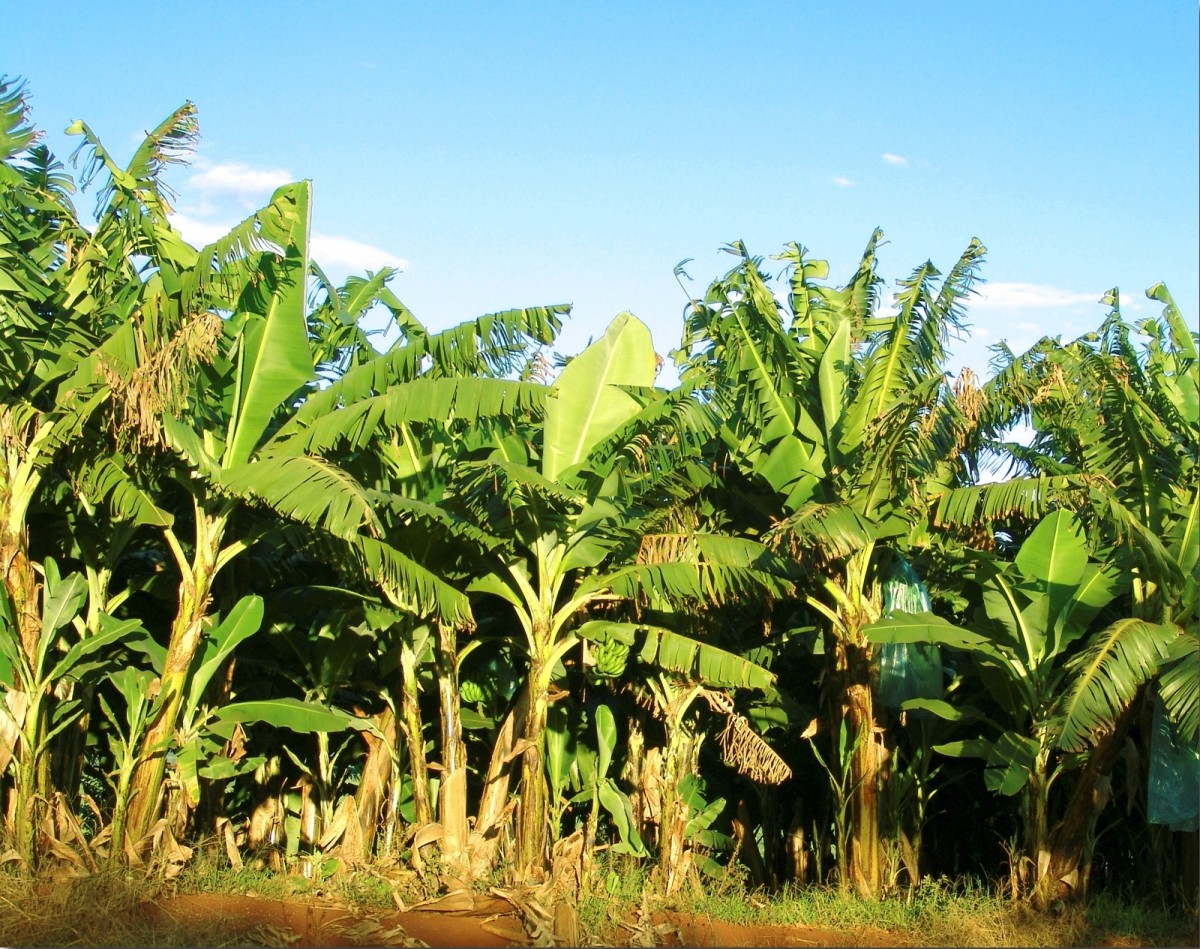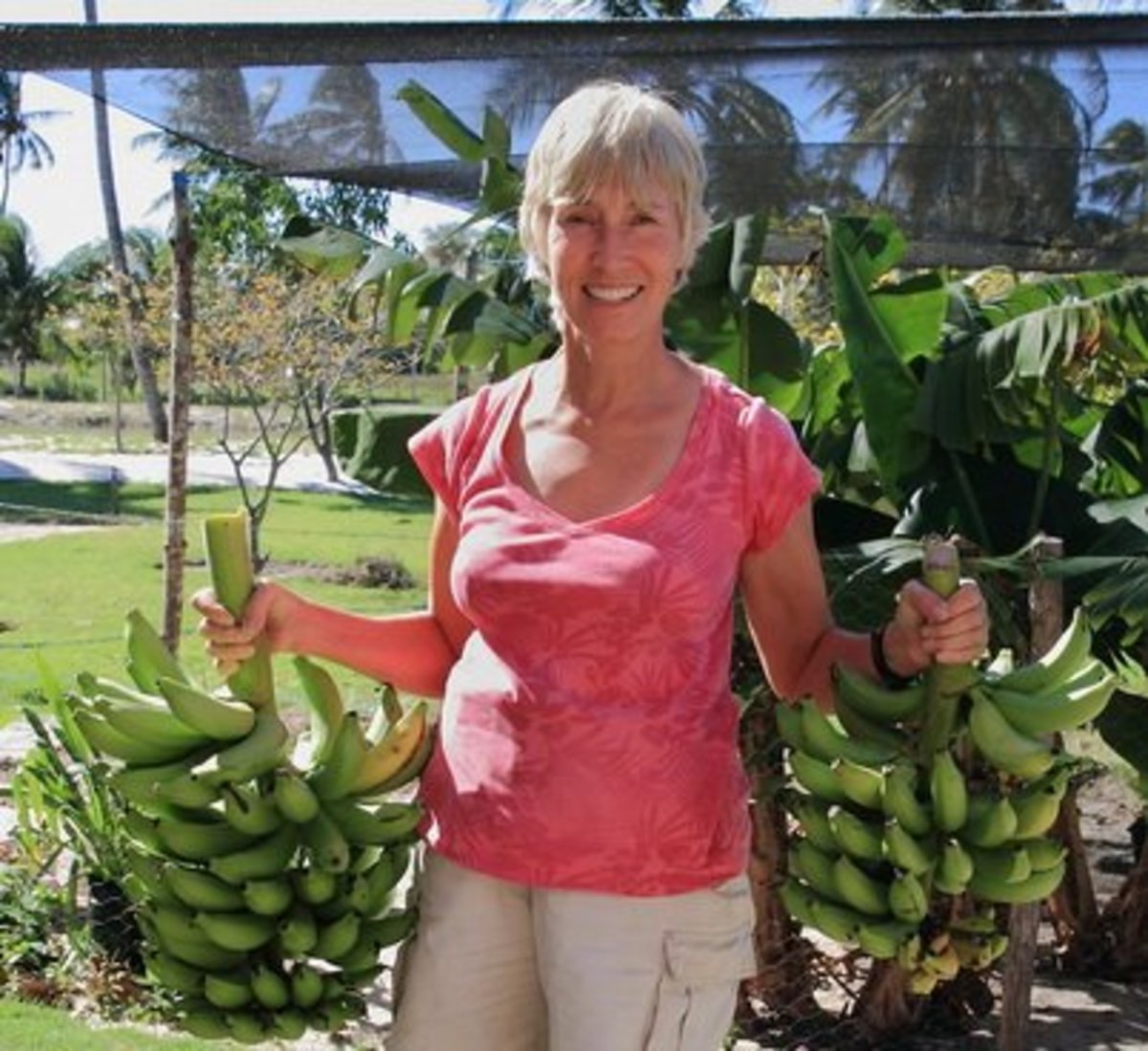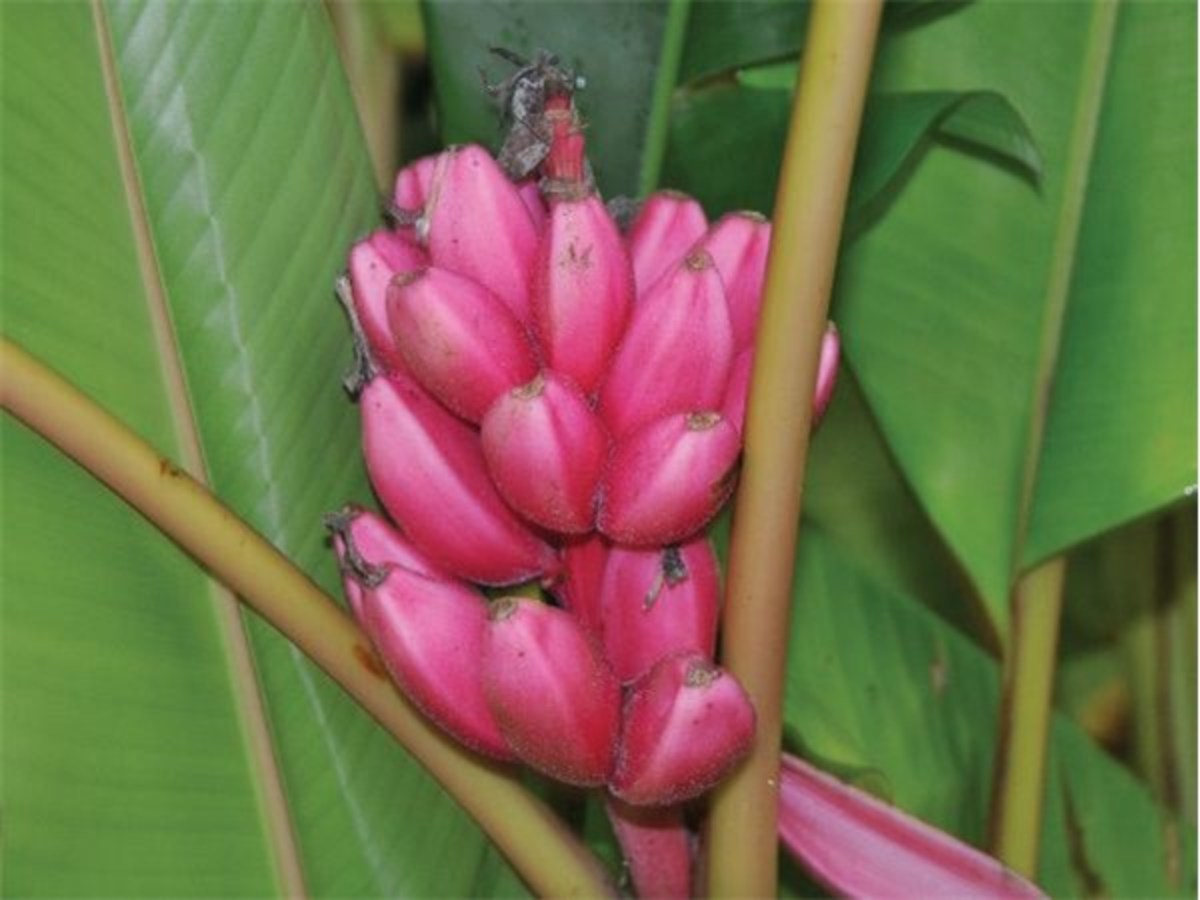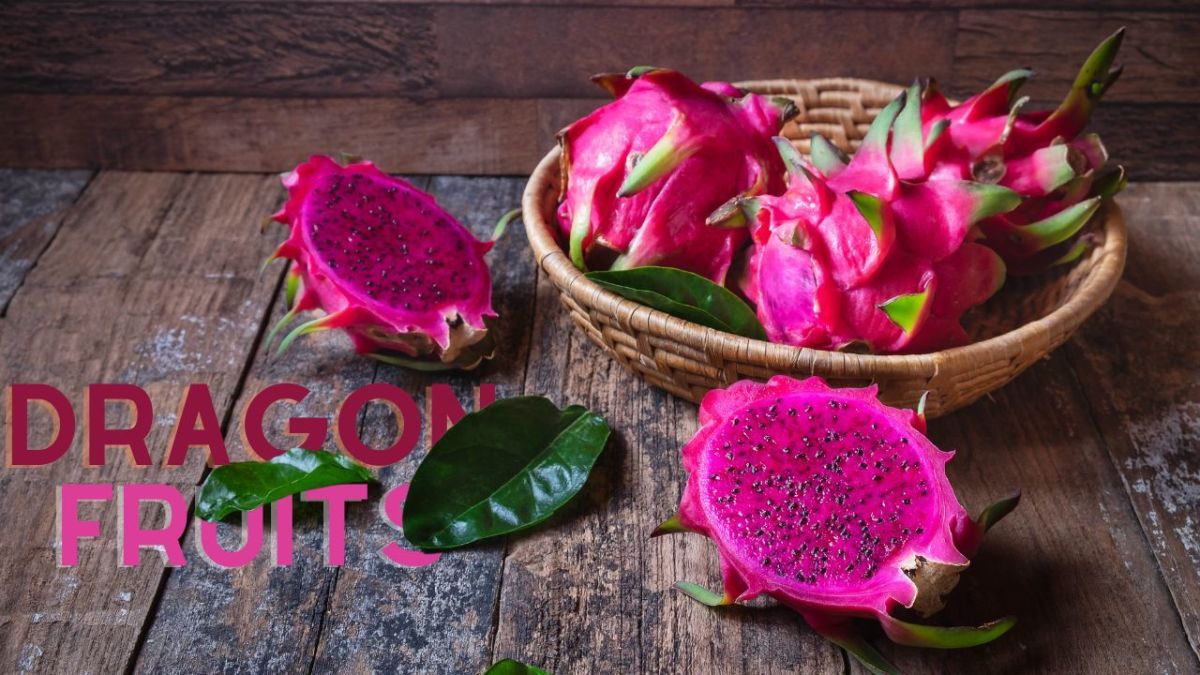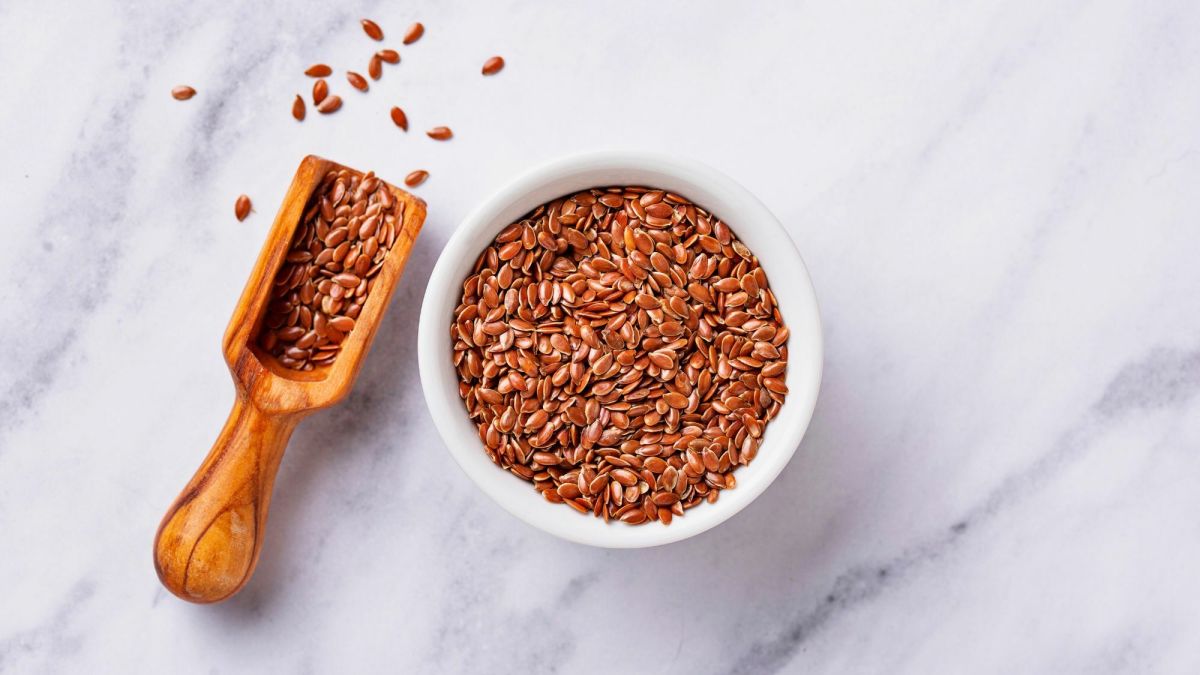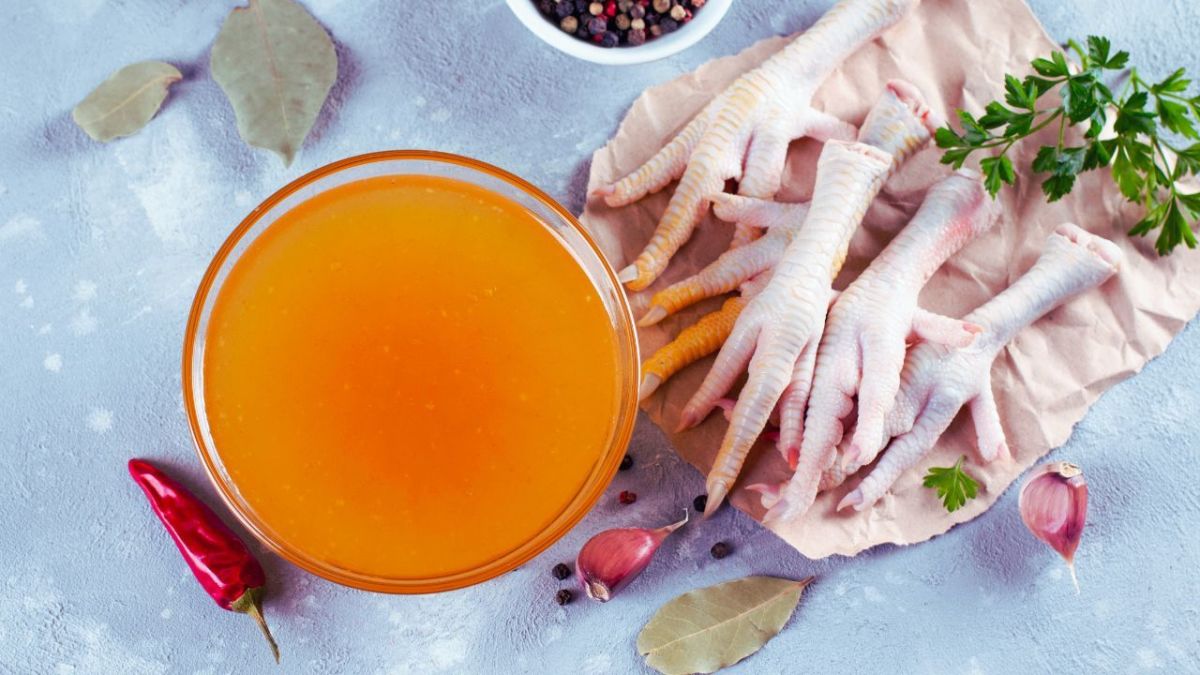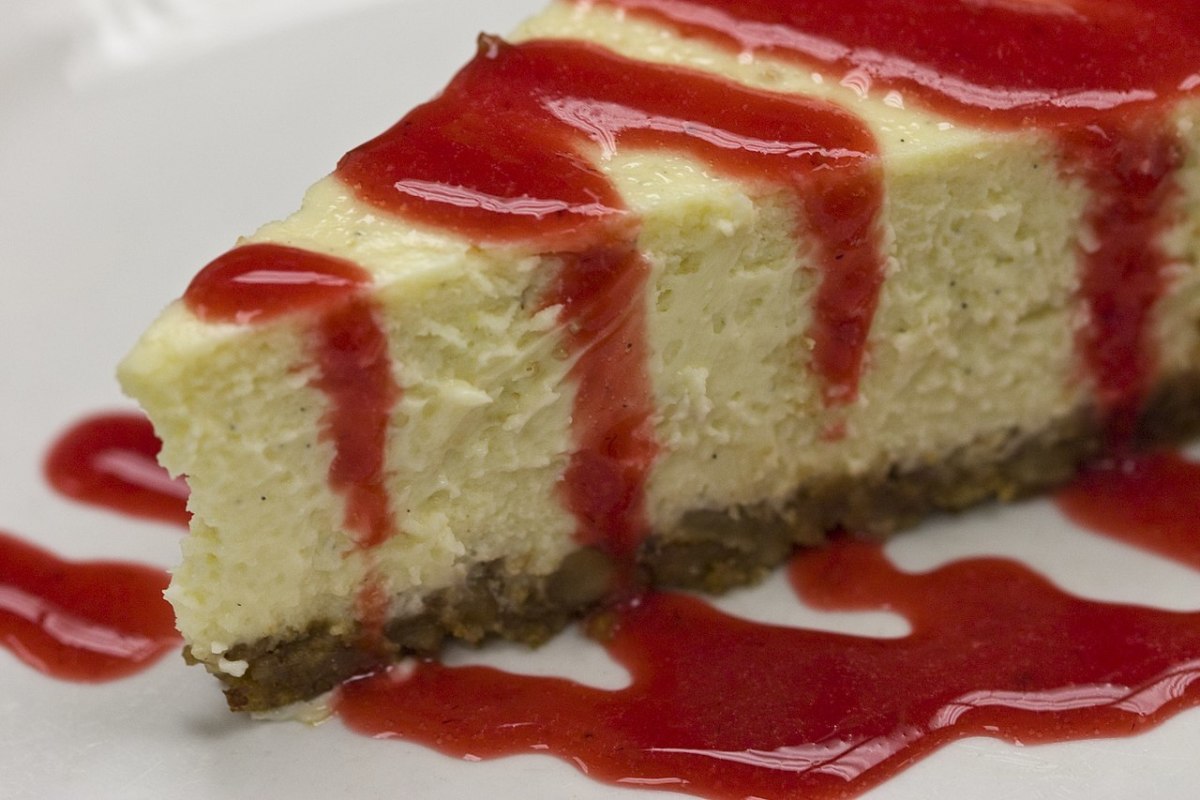Banana-y Goodness
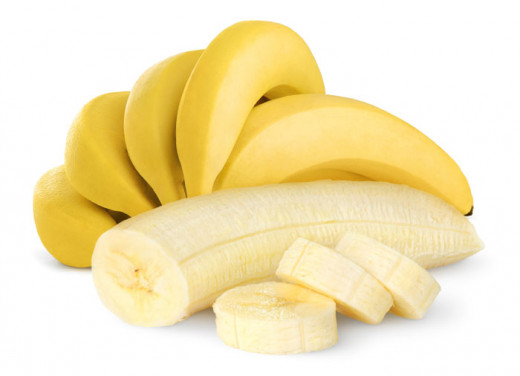
That yellow starchy sweet fruit which has over 400 varieties around the world and is one of the world's top-selling fruit that even outranks the apple and orange, yes it is the banana: a nutritious fruit which can be eaten in more ways than one has many uses.

Did you know?
Bananas do not grow on trees; the term banana "tree" is a perennial herb. The trunk is not a true trunk of a tree, but instead consists of many leaves wrapped around a single stem tightly, which emerges at the top as the fruit-bearing flower stalk. Botanically classified as a berry, the banana is from the same family as cardamom, ginger and turmeric. Although most banana plantations renew their stock every 10 to 20 years, some banana trees can even continue to produce fruit for up to 100 years.
Banana Wonders
As stated by the International Banana Association (www.eatmorebananas.com ), bananas are a good source of vitamin C, potassium and dietary fibre, containing no cholesterol, fat or sodium. They also contain a rich supply of vitamin B6 (able to provide20% the Recommended Daily allowance of B6). Vitamin B6 helps in red blood cell formation, protein metabolism, and the functioning of the central nervous system.
Bananas also contain 3 natural sugars which can give you an instant energy boost - sucrose, fructose and glucose. Therefore, it makes a good after-workout snack as it helps replenish necessary carbohydrates, glycogen and body fluids depleted during exercise. It has been proven through research that bananas are able to provide enough energy for a strenuous 90 minute workout.
Coming in a variety of sizes and colors when ripe, including yellow, purple and red, bananas can be eaten either raw or cooked. The taste of the banana's flesh can vary from starchy to sweet and the texture from firm to mushy, depending on the variety and ripeness of the fruit. Usually unripe or green bananas and plantains are used in various cooked dishes such as banana pudding, and are the staple starch of many tropical populations. Bananas can also be fried or baked to produce foods such as banana cake, fried banana in batter and banana chips.
At the time bananas are to be exported, they are picked when they are green and then are usually ripened in ripening rooms in the country of their destination. These ripening rooms are air-tight and filled with ethylene gas which induces bananas to ripen. Bananas can also be ordered by retailer "un-gassed", showing up at the supermarket fully green. Although these "un-gassed" bananas will ripen more slowly, their flavor is notably richer, with firm flesh inside even if the banana peel has reached a yellow/brown speckled state.
Even parts of the banana plant can be used to produce a variety of products from adhesive to textiles. Banana sap is extremely sticky and is obtained from the pseudostem, fruit peelings, or the fruit's flesh; it can be used as a practical adhesive. Banana leaves are also used as "plates" on which food is served and eaten from, enhancing the taste of the food.
Textiles can even be produced from the fibre of the banana plant. Banana fibre is also used to produce banana paper; this paper is either hand-made or made using industrialized machinery, and is mainly used for artistic purposes. It seems that the banana is one wonder fruit that has many purposes!

